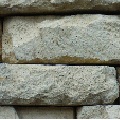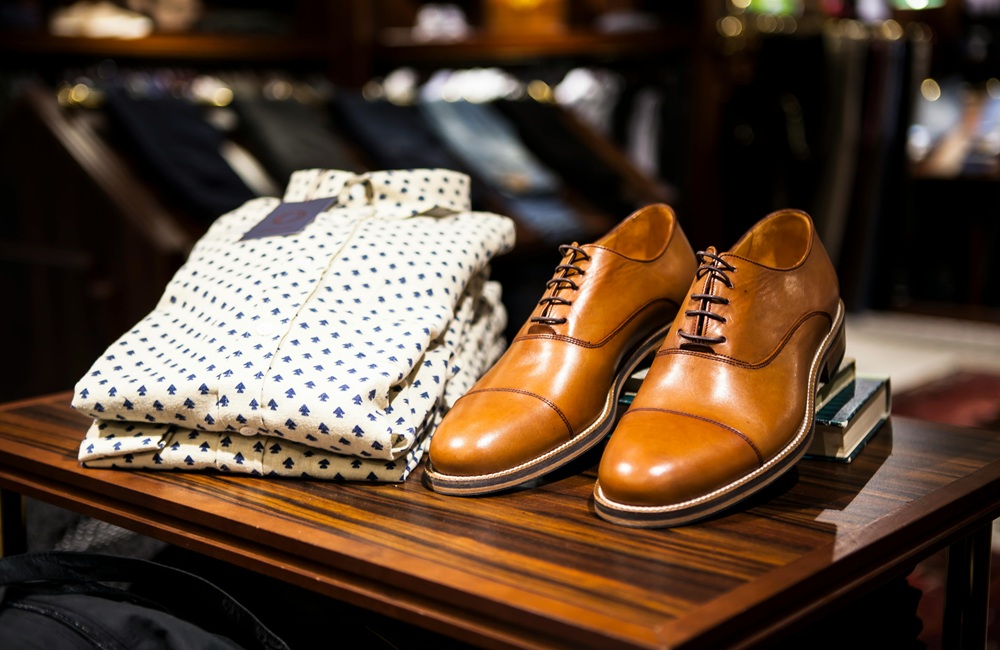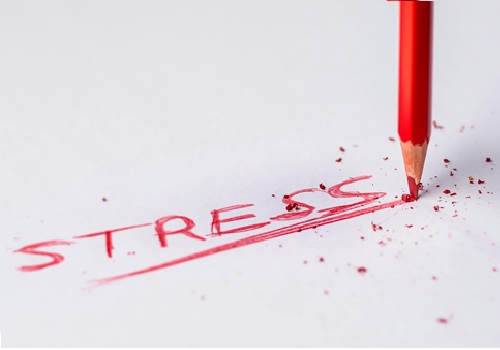The Role of Fashion in Political Movements
Throughout history, fashion has played a vital role in reflecting and influencing political movements. From the suffragettes wearing white to symbolize their fight for women's voting rights, to the Black Panther Party's iconic leather jackets and berets, clothing has often been at the forefront of social and political revolutions. Today, designers are embracing this legacy by creating pieces that send a clear message about contemporary political issues, creating a visual language that can resonate with a global audience.
1. Fashion and Social Justice
In recent years, fashion has become an essential tool in the fight for social justice. Designers are using their platforms to shed light on issues such as racial inequality, LGBTQ+ rights, and the ongoing fight for gender equality. For instance, brands like Balenciaga and Prada have incorporated politically charged statements into their collections, using slogans, imagery, and color palettes to express solidarity with marginalized groups and raise awareness about pressing social issues.
2. Fashion and Human Rights
Human rights are another key area where fashion has taken a stand. The fashion industry has faced increasing scrutiny over its role in perpetuating exploitative labor practices, particularly in developing countries. In response, designers are adopting more ethical and transparent business models, advocating for fair wages and improved working conditions for garment workers. High-profile brands like Stella McCartney and Patagonia are leading the charge in creating sustainable, ethical collections, while also using their platforms to speak out against human rights violations.
3. Fashion and Environmental Sustainability
As the fashion industry grapples with its environmental impact, sustainability has become one of the most pressing political issues in fashion. Designers are rethinking the way clothes are made, moving away from fast fashion in favor of sustainable materials and practices. Collections made from recycled fabrics, vegan leather, and organic cotton are increasingly popular, with designers like Vivienne Westwood, Stella McCartney, and Reformation using fashion as a tool to promote environmental consciousness. These designers are challenging the status quo and encouraging consumers to make more sustainable choices when it comes to their wardrobes.
Fashion as Protest: High-Profile Examples
Over the years, some of the most iconic moments in fashion have been rooted in political activism. Designers are increasingly using their collections to comment on current events, whether it’s raising awareness of global crises or challenging the political status quo. Here are a few notable examples of how designers have used fashion as a form of protest:
1. The Pussyhat Project
One of the most well-known fashion statements in recent political history was the Pussyhat Project, which became a symbol of resistance during the 2017 Women's March. The pink, knitted hats were worn by millions of protesters around the world to protest the inauguration of former President Donald Trump. The project was a powerful example of how fashion, even in its simplest form, can unite people in a shared political cause and serve as a tool for social activism.
2. Beyoncé’s "Formation" Performance
In 2016, Beyoncé's performance of "Formation" at the Super Bowl halftime show sparked a nationwide conversation about race, politics, and activism. The singer's use of fashion—specifically her black leather jacket emblazoned with the words "Hot Sauce," a nod to her album and her cultural identity—was a powerful statement of pride and defiance. Beyoncé’s performance highlighted how fashion can be used to make a political statement, invoking pride in one's heritage and identity while challenging societal norms.
3. The Black Lives Matter Movement
The Black Lives Matter (BLM) movement has had a significant influence on fashion in recent years, with many designers incorporating messages of racial equality and justice into their collections. For example, designer Virgil Abloh’s streetwear brand Off-White has used bold graphic tees and hoodies with slogans like "Black Lives Matter" to show support for the movement. Fashion is playing an essential role in amplifying the voices of those advocating for racial equality, using clothing as a vehicle for protest and solidarity.
The Future of Political Fashion
As political issues continue to shape our world, the intersection between fashion and activism is expected to grow. Designers will likely continue to embrace the role of fashion as a tool for social change, using their collections to raise awareness about critical issues and influence public opinion. With the rise of social media, fashion statements can now reach a global audience instantaneously, allowing designers to amplify their messages to millions of people. The power of fashion as a political canvas has never been greater, and it’s clear that clothing will continue to play a central role in shaping our cultural and political conversations.
Conclusion
Fashion has always been a form of self-expression, but in today's world, it has evolved into a powerful medium for political commentary and activism. Designers are using clothing to address social justice issues, advocate for human rights, and promote environmental sustainability, making fashion a critical tool for change. As fashion continues to intersect with politics, we can expect more designers to use their craft as a canvas for making bold political statements, challenging societal norms, and inspiring action on the most important issues of our time.








